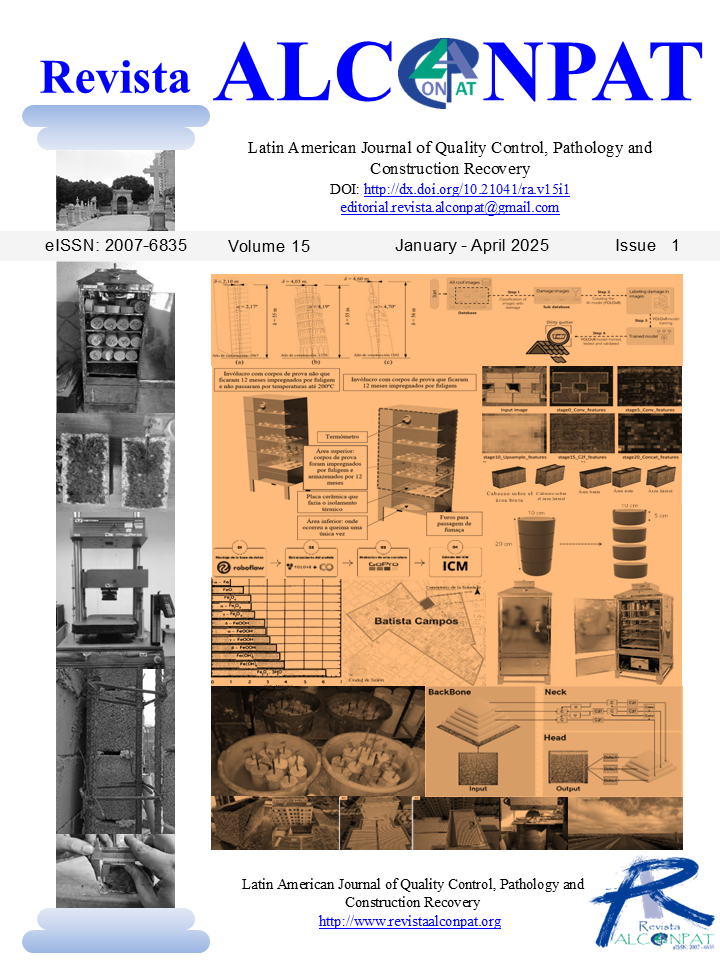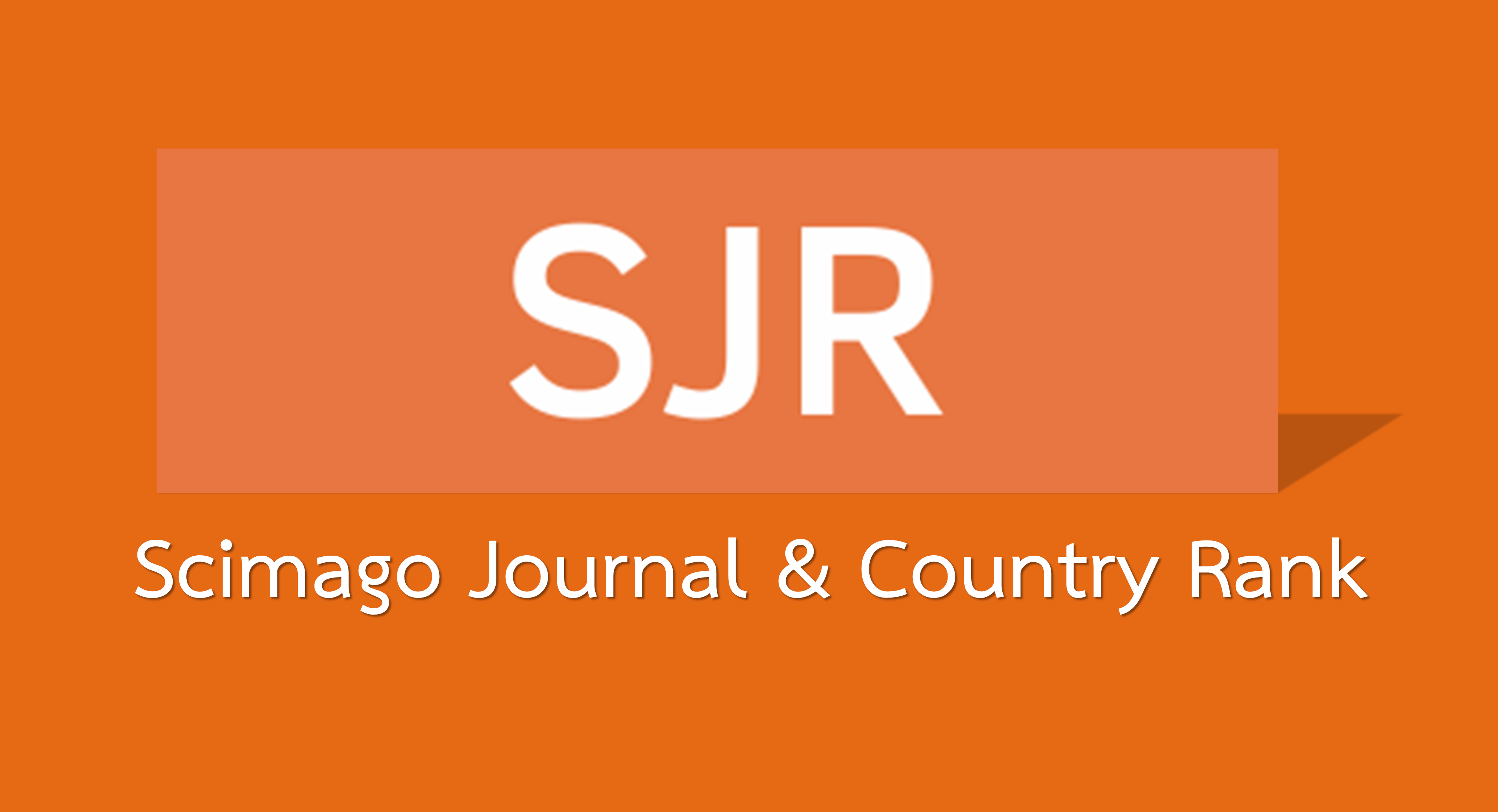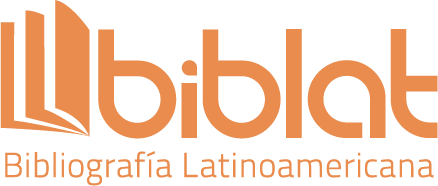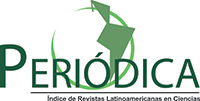RA V15 N1, Message from the Editor in Chief (January - April, 2025)
Keywords:
--Abstract
LATIN AMERICAN JOURNAL OF QUALITY CONTROL, PATHOLOGY AND CONSTRUCTION RECOVERY
http://www.revistaalconpat.org
It is a source of satisfaction and joy for the ALCONPAT Journal team to see the publication of the first issue of our fifteenth year.
The objective of the ALCONPAT Journal (RA) is the publication of contributions resulting from critical reviews of the state of the art, as well as basic or applied research directly related to the solution of problems, and case studies regarding quality control, pathology and recovery of constructions.
This issue V15N1 begins with a work from Mexico, where José Álvarez Pérez and colleagues evaluate how capping placement affects the uniaxial compressive behavior of hollow concrete blocks. Two placement methods were analyzed: 1) on the gross area and 2) on the lateral faces. An experimental program and statistical analysis were conducted to identify significant differences between the methods. The results showed that blocks capped on the lateral faces exhibited a 12.5% decrease in load capacity and an 11.33% decrease in stiffness compared to those capped on the gross area. This study focuses on hollow concrete blocks and concludes that using a variable denominator leads to a misinterpretation of their strength.
The second work in this edition, by Allan Carneiro Valério and Paulo Helene from Brazil, verifies the influence of moderate heat (< 200ºC) and soot from fires on the alteration of carbonation of concrete. Although this fact occurs naturally in all small and large fires, these authors did not find bibliographic references on the subject. An experiment of exposing concrete specimens to moderate temperatures was then performed, followed by soot impregnation for twelve months, with the measurement of carbonation depth every three months. The study was carried out in a laboratory environment and compared the depth of carbonation observed in specimens subjected to moderate temperatures and soot with specimens under laboratory environmental conditions. Despite the natural limitations of an experiment with a reduced time frame and laboratory environment, it was evidenced that even in intact concretes, the moderate temperatures combined with the acidity of the soot accelerate the carbonation depths and can significantly alter the residual service life of the structure if subsequent corrective intervention measures do not consider this risk.
The third article comes from Argentina, where Alberto Marcelo Guzmán and colleagues experimentally evaluate how certain characteristics of the concretes under study influence the carbonation phenomenon. To do this, concretes were prepared with three w/c ratios, two types of cement, and with the incorporation of a water-repellent additive, then exposed to air-drying and wetting for a period of 6 years. From the results obtained, the correspondence of the advance of the carbonate front with the tensile strength was observed, as well as its dependence on the design characteristics and the particularities of the exposure condition.
In the fourth article from Brazil, Alisson Souza Silva and colleagues developed an automated image recognition model for inspecting residential roofs using the YOLOv8 architecture to identify three types of damage. The methodology involved images from 167 buildings captured by drones and annotated in CVAT, which were used to train and test the model. YOLOv8 was applied for anomaly detection and classification, achieving 79% precision. The limitations were the small dataset and the limited variety of capture angles. The originality of the work lies in the innovative use of YOLOv8 for roof inspection. Future research will focus on developing the YOLOv9 and YOLOv10 architectures and expanding the dataset and damage classes.
The fifth article, by Aaron Kadima Lukanu Lwa Nzambi and colleagues, comes from Brazil. They assessed the safety against overturning of an old entrance structure located at the entrance of Lady of Solitude Cemetery (1850) in Belém do Pará/Brazil. A non-destructive technique using ground penetrating radar (GPR) was used to map the existing foundation and the assessment was made by analyzing the action of load on its centroid and comparing the results of the net allowable capacity of the soil with the maximum pressure exerted at the base of the foundation, also, comparing the moment resistance and the overturning moment in terms of the minimum safety factor required. The GPR results revealed the type of shallow foundation with a depth of 1 m; while the geotechnical results showed that there was no tension in contact with the base. The position of the centroid within the column kern resulted in a safety factor 10 times greater than the minimum recommended value.
The article that closes the edition belongs to Átila Marconcine de Souza and colleagues from Brazil, who evaluated the capacity of the YOLOv8 algorithm to detect potholes, patches, and cracks. To achieve this, a section of a highway was recorded, manually evaluated in the field, and compared with a semi-automatic evaluation based on video processing by the model. The model yielded different results from those obtained through field assessment. Although only a portion of the Maintenance Condition Index is used in the assessment, this marks the first use of an index integrated with YOLOv8. Thus, it is concluded that the model requires further improvements to become viable for definitive application.
We are confident that the articles in this issue will be an important reference for those readers involved in issues of evaluation and characterization of materials, elements and structures. We thank the authors participating in this issue for their willingness and effort to present quality articles and meet the established deadlines.
At the beginning of 2025, I must once again give a broad recognition to the original editorial staff and to those who have joined this initiative that has brought us to where we are now. But without a doubt, the greatest recognition goes to our authors of articles, who have trusted our journal and have invested time, money and effort to publish their research work with us, even though many of them have had better options at the time. The recognition is extended to our readers, like you, who read us and cite RA internationally.
Alconpat Journal turns 15 in 2025, always published punctually and increasingly cited. We will have two nice celebrations: the first will be an online commemorative event on Thursday, May 15, 2025 from 9:00 a.m. to 1:00 p.m. CDMX; the second, a special issue of the RA that will be V15N3, which will contain a compendium of current Reviews. From now on you are invited to submit your Review for evaluation. These activities will also serve as a means to publicly recognize our authors, reviewers and members of the Editorial Committee. Save your calendar, we are waiting for you.
By the Editorial Board
Pedro Castro Borges
Editor in Chief
Downloads
References
--
Published
How to Cite
Issue
Section
License
_______________________________
License in effect from September 2020
You are free to:
- Share — copy and redistribute the material in any medium or format for any purpose, even commercially.
- Adapt — remix, transform, and build upon the material for any purpose, even commercially.
- The licensor cannot revoke these freedoms as long as you follow the license terms.
Under the following terms:
- Attribution — You must give appropriate credit , provide a link to the license, and indicate if changes were made . You may do so in any reasonable manner, but not in any way that suggests the licensor endorses you or your use.
- No additional restrictions — You may not apply legal terms or technological measures that legally restrict others from doing anything the license permits.
Notices:
You do not have to comply with the license for elements of the material in the public domain or where your use is permitted by an applicable exception or limitation .
No warranties are given. The license may not give you all of the permissions necessary for your intended use. For example, other rights such as publicity, privacy, or moral rights may limit how you use the material.

















.png)














